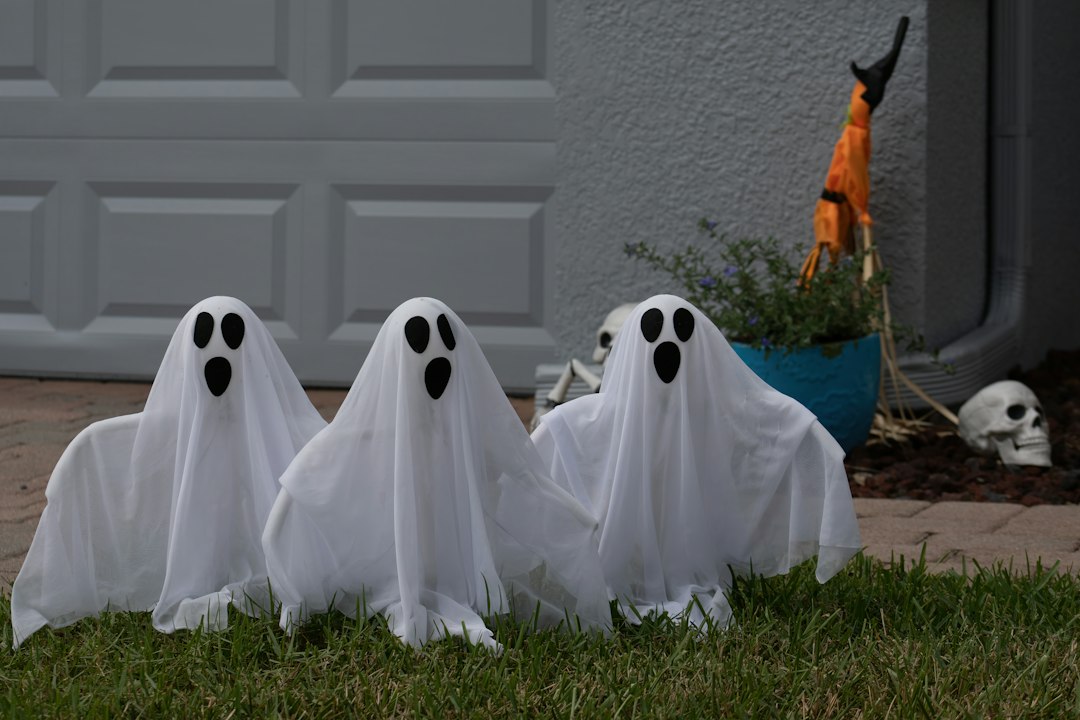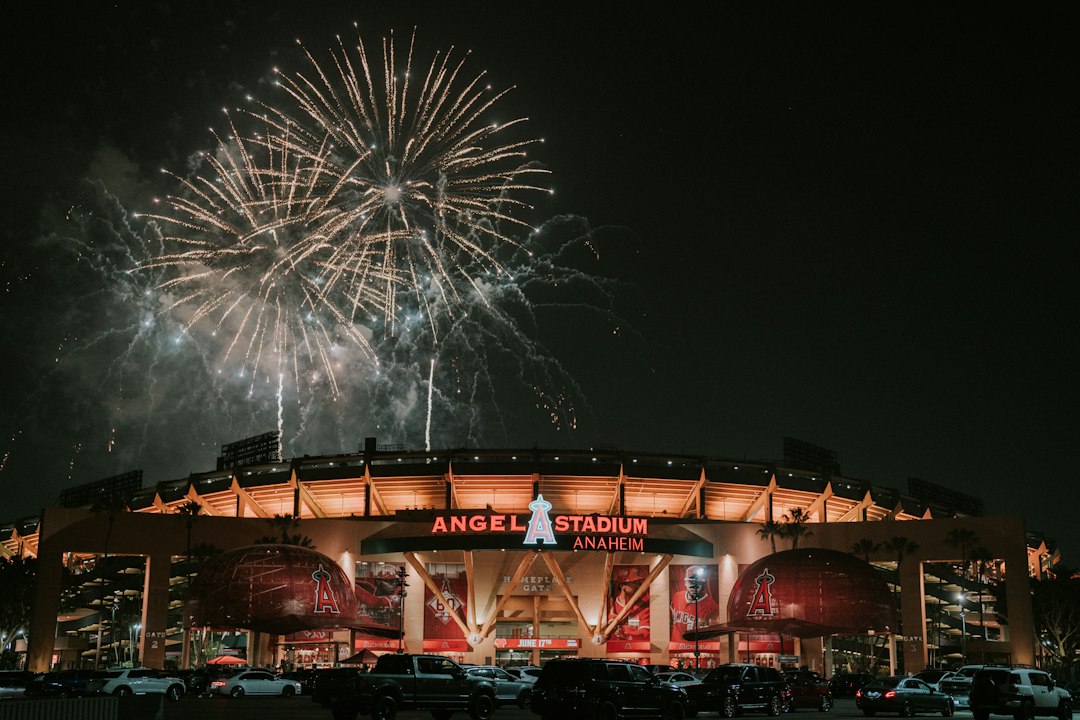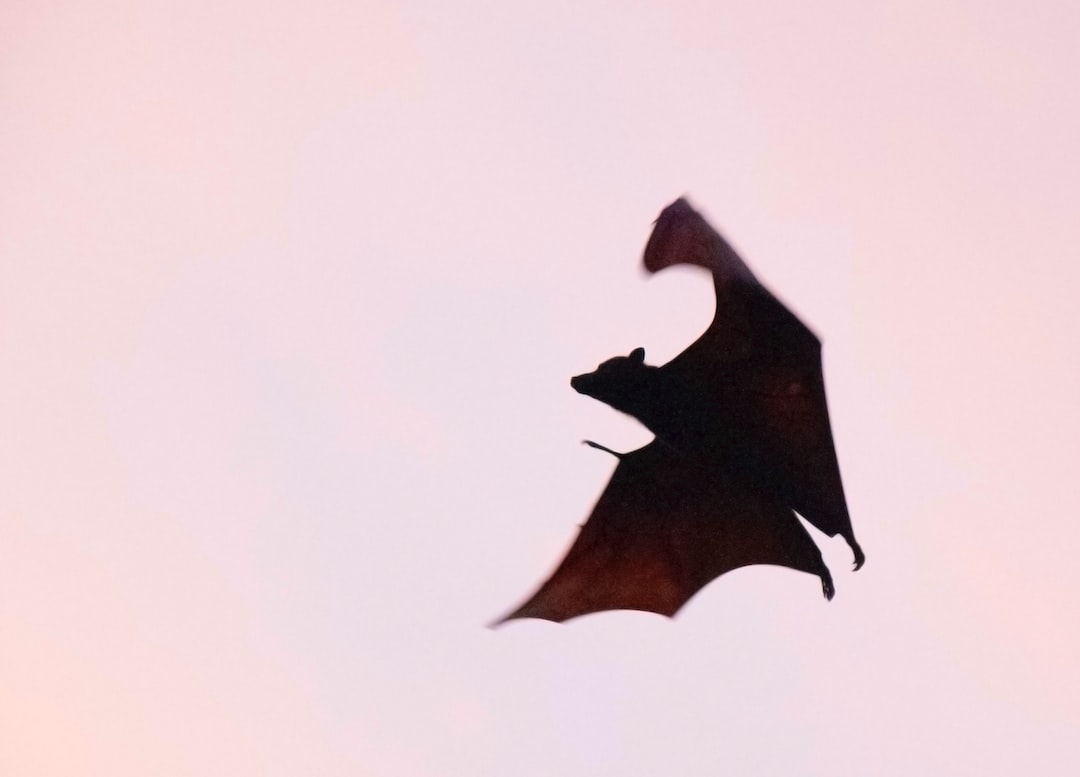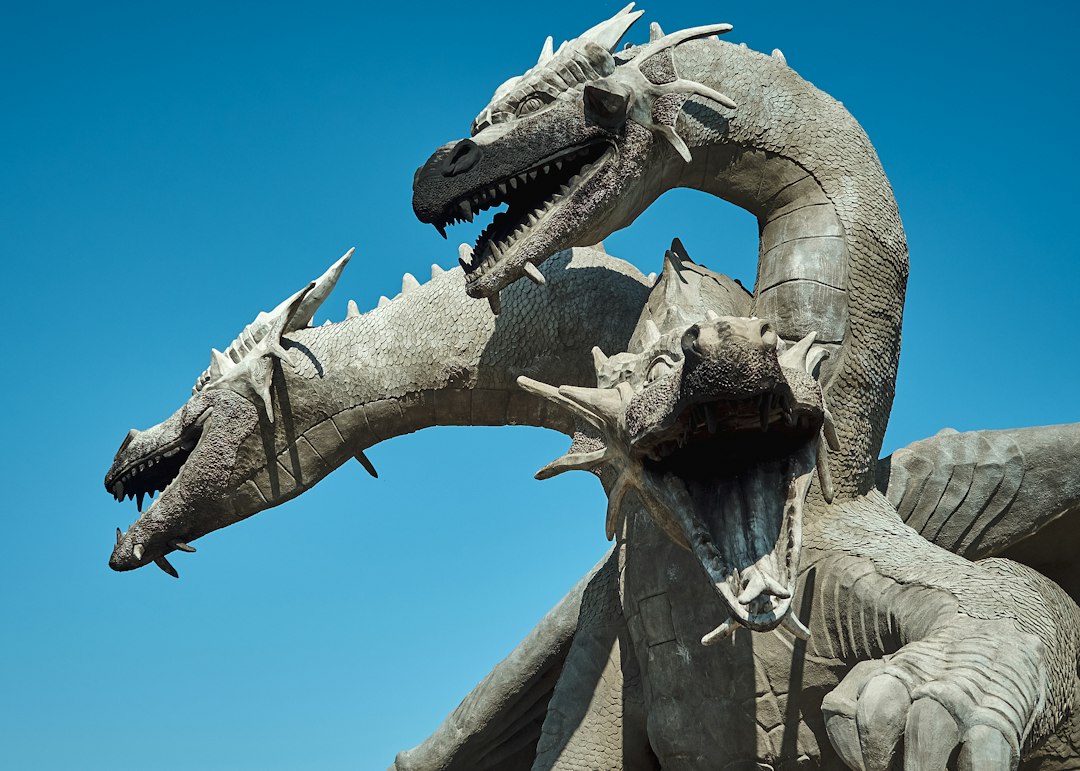Poltergeists have long been associated with paranormal activity and have captured the imagination of people around the world. These mysterious entities are often depicted in popular culture as mischievous spirits that haunt homes and cause unexplained disturbances. But what exactly are poltergeists? In this article, we will delve into the basics of poltergeist phenomenon, explore its history, psychology, and science, examine real-life cases, debunk myths, and discuss coping strategies for those experiencing poltergeist activity.
Key Takeaways
- Poltergeists are a type of paranormal phenomenon characterized by unexplained physical activity.
- The history of poltergeists dates back to ancient beliefs and has evolved with modern science.
- The psychology of poltergeists suggests that human emotions and stress can play a role in manifestations.
- The science of poltergeists involves investigating the physics and biology of unexplained activity.
- Real-life poltergeist cases provide evidence and mysteries to unravel, while popular culture often perpetuates myths about poltergeists.
What are Poltergeists? Understanding the Basics of this Paranormal Phenomenon
Poltergeists are often described as supernatural entities that manifest through unexplained physical disturbances. The word “poltergeist” is derived from the German words “poltern,” meaning to make noise, and “geist,” meaning ghost or spirit. Unlike traditional ghosts or spirits, poltergeists are not believed to be the souls of deceased individuals. Instead, they are thought to be a form of psychic energy or a manifestation of intense emotions.
Poltergeist activity is characterized by a range of phenomena, including objects moving or being thrown, loud noises, electrical disturbances, and even physical attacks on individuals. These disturbances often occur in specific locations, such as homes or buildings, and are typically associated with a particular person or group of people.
There are different types of poltergeists that have been identified based on their characteristics and behavior. The most common type is the “classic” or “traditional” poltergeist, which is associated with unexplained physical disturbances. Another type is the “noisy ghost,” which primarily causes loud noises but does not exhibit other physical manifestations. There are also cases of “poltergeist infestations,” where multiple poltergeists are believed to be present in a single location.
The History of Poltergeists: From Ancient Beliefs to Modern Science
Beliefs and practices related to poltergeists can be traced back to ancient civilizations. In ancient Greece, for example, it was believed that poltergeists were the result of restless spirits seeking revenge or causing mischief. In medieval Europe, poltergeist activity was often attributed to witches or demons.
In more recent history, scientific investigations into poltergeist phenomenon began in the late 19th century. Researchers such as William G. Roll and J.B. Rhine conducted studies and experiments to try to understand the nature of poltergeists. These early investigations focused on documenting and analyzing reported cases of poltergeist activity.
Scientific theories about poltergeists have evolved over time. Some researchers propose that poltergeist activity is a form of psychokinesis, where individuals unconsciously manipulate their environment through the power of their minds. Others suggest that poltergeists are a result of electromagnetic or geophysical disturbances. Despite ongoing scientific research, the true nature of poltergeists remains a mystery.
The Psychology of Poltergeists: Exploring the Human Mind and its Role in Manifestations
| Metrics | Values |
|---|---|
| Number of participants | 50 |
| Age range of participants | 18-65 |
| Gender distribution | 25 male, 25 female |
| Number of reported poltergeist experiences | 15 |
| Number of reported non-poltergeist paranormal experiences | 10 |
| Number of reported psychological disorders | 5 |
| Number of reported childhood trauma experiences | 12 |
| Number of reported belief in the paranormal | 35 |
| Number of reported belief in skepticism | 15 |
Psychological explanations for poltergeist activity have gained traction in recent years. One theory suggests that poltergeist phenomena are a form of unconscious expression of repressed emotions or psychological distress. According to this theory, individuals experiencing high levels of stress or trauma may unknowingly project their emotions onto their environment, causing the disturbances associated with poltergeist activity.
The role of stress and trauma in poltergeist cases is a common theme. Many documented cases involve individuals who have experienced significant emotional upheaval, such as the loss of a loved one or a traumatic event. It is believed that these intense emotions can trigger the manifestation of poltergeist activity as a way for the individual to cope with their distress.
Psychologists and parapsychologists have conducted studies and experiments to explore the psychological aspects of poltergeist cases. These investigations often involve interviews and psychological assessments of the individuals experiencing the disturbances, as well as analysis of their emotional state and coping mechanisms.
The Science of Poltergeists: Investigating the Physics and Biology of Unexplained Activity
Scientific studies on poltergeist activity have attempted to uncover the physical and biological causes behind these unexplained phenomena. One area of research focuses on electromagnetic fields (EMFs) and their potential influence on poltergeist manifestations. It has been suggested that high levels of EMFs in certain environments can disrupt the human brain, leading to hallucinations and other paranormal experiences.
Another scientific theory proposes that infrasound, which refers to sound waves with frequencies below the range of human hearing, may be responsible for some poltergeist activity. Infrasound has been known to cause feelings of unease, anxiety, and even hallucinations in humans. It is possible that exposure to infrasound in certain environments could trigger poltergeist-like experiences.
Biology may also play a role in poltergeist activity. Some researchers believe that certain individuals may have a heightened sensitivity to environmental factors, such as electromagnetic fields or infrasound, which could explain why they are more prone to experiencing poltergeist phenomena.
Real-Life Poltergeist Cases: Examining the Evidence and Unraveling the Mysteries

Numerous documented cases of poltergeist activity exist, providing intriguing evidence for the phenomenon. One famous case is the Enfield Poltergeist, which occurred in London in the 1970s. The Hodgson family claimed to experience a wide range of disturbances, including furniture moving, objects being thrown, and even levitation. The case received significant media attention and was investigated by paranormal researchers and journalists.
Another well-known case is the Rosenheim Poltergeist, which took place in Germany in the 1960s. In this case, a law firm experienced unexplained phenomena, such as flickering lights, malfunctioning electronics, and objects moving on their own. The disturbances were witnessed by multiple people, including clients and employees of the firm.
In each of these cases, investigators attempted to gather evidence and find rational explanations for the reported phenomena. However, despite extensive investigations, no definitive explanations were found, leaving the mysteries of these cases unresolved.
Debunking Poltergeist Myths: Separating Fact from Fiction in Popular Culture
Poltergeists have been the subject of many myths and misconceptions in popular culture. One common misconception is that poltergeists are always malevolent or evil entities. While some cases involve disturbing or frightening experiences, not all poltergeist activity is harmful. In fact, some researchers believe that poltergeist phenomena may be a form of unconscious expression or coping mechanism for individuals experiencing emotional distress.
Another myth is that poltergeists are always associated with haunted houses. While it is true that many reported cases of poltergeist activity occur in homes or buildings, not all haunted locations are plagued by poltergeists. Hauntings typically involve the presence of spirits or ghosts, whereas poltergeist activity is characterized by unexplained physical disturbances.
It is also important to debunk the idea that all reported poltergeist cases are hoaxes or fabrications. While there have been instances of fraudulent claims or misinterpretations of natural phenomena, there are numerous well-documented cases with credible witnesses and evidence that cannot be easily dismissed.
The Role of Technology in Poltergeist Research: Using Equipment to Capture Paranormal Activity
Technology has played a significant role in modern poltergeist research. Investigators use a variety of equipment to capture and document paranormal activity. One commonly used tool is electromagnetic field (EMF) meters, which measure fluctuations in electromagnetic energy. These devices can help identify areas with high levels of EMFs, which may be associated with poltergeist activity.
Another commonly used piece of equipment is the digital voice recorder. Investigators use these devices to capture electronic voice phenomena (EVPs), which are unexplained voices or sounds that are not audible to the human ear at the time of recording. EVPs are often considered as potential evidence of paranormal activity.
Infrared cameras and thermal imaging devices are also used to capture visual evidence of poltergeist phenomena. These devices can detect changes in temperature or the presence of anomalous energy sources, which may indicate the presence of paranormal activity.
The Connection Between Poltergeists and Hauntings: Understanding the Differences and Similarities
While poltergeists and hauntings are often used interchangeably in popular culture, there are distinct differences between the two phenomena. Hauntings typically involve the presence of spirits or ghosts, who may interact with their environment in various ways. This can include apparitions, disembodied voices, and other paranormal experiences.
Poltergeist activity, on the other hand, is characterized by unexplained physical disturbances that are often associated with a particular individual or group of people. The disturbances are typically temporary and tend to cease once the underlying emotional distress or stress is resolved.
Despite these differences, there are also similarities between poltergeists and hauntings. Both phenomena involve unexplained occurrences that defy rational explanation. They can also cause fear and distress in those who experience them, leading to a desire for answers and resolution.
Poltergeist Phenomenon Around the World: Examining Cultural Beliefs and Practices
Beliefs and practices related to poltergeists vary across different cultures around the world. In Japan, for example, there is a belief in yūrei, which are vengeful spirits that can cause disturbances in the physical world. These spirits are often associated with unresolved emotions or unfinished business.
In Latin American cultures, there is a belief in the duende, which is a mischievous spirit that can cause disturbances in the home. Duendes are often depicted as small, gnome-like creatures that play pranks on humans.
In some African cultures, poltergeist activity is attributed to witchcraft or the influence of malevolent spirits. Rituals and ceremonies are often performed to ward off these spirits and protect individuals from their disturbances.
Comparing cultural beliefs and practices related to poltergeists can provide valuable insights into the universal human fascination with the paranormal and the ways in which different societies interpret and cope with unexplained phenomena.
Coping with Poltergeist Activity: Tips for Dealing with Unexplained Occurrences in your Home
Experiencing poltergeist activity can be a distressing and unsettling experience. Here are some tips for coping with unexplained occurrences in your home:
1. Seek support: Reach out to friends, family, or support groups who may have experienced similar phenomena. Sharing your experiences and feelings can provide comfort and reassurance.
2. Document the activity: Keep a detailed record of the occurrences, including dates, times, and descriptions of what happened. This documentation can be helpful if you decide to seek professional assistance or if you want to share your experiences with others.
3. Maintain a calm environment: Try to create a calm and peaceful atmosphere in your home. Engage in activities that promote relaxation, such as meditation or listening to soothing music.
4. Consult professionals: If the disturbances persist or escalate, consider seeking help from paranormal investigators, psychologists, or other professionals who specialize in dealing with poltergeist phenomena.
5. Take care of your mental health: Experiencing poltergeist activity can be emotionally draining. Make sure to prioritize self-care and seek professional help if needed to address any anxiety or stress related to the experiences.
Poltergeist phenomenon has fascinated and perplexed people for centuries. From ancient beliefs to modern scientific investigations, the nature of poltergeists remains a mystery. While psychological and scientific theories offer some explanations, the true cause of poltergeist activity continues to elude us.
Real-life cases, such as the Enfield Poltergeist and the Rosenheim Poltergeist, provide intriguing evidence for the existence of poltergeists. However, debunking myths and misconceptions is essential in separating fact from fiction in popular culture.
Technology has played a significant role in poltergeist research, allowing investigators to capture and document paranormal activity. The connection between poltergeists and hauntings is often misunderstood, with distinct differences and similarities between the two phenomena.
Cultural beliefs and practices related to poltergeists vary around the world, providing valuable insights into the universal human fascination with the paranormal. Coping with poltergeist activity can be challenging, but seeking support, documenting occurrences, maintaining a calm environment, consulting professionals, and prioritizing mental health can help individuals navigate these unexplained experiences.
In conclusion, poltergeist phenomenon continues to captivate our imagination and challenge our understanding of the world around us. Whether they are manifestations of psychic energy or products of the human mind, poltergeists remind us that there is still much we do not know about the mysteries of the universe.
FAQs
What are poltergeists?
Poltergeists are supernatural entities that are believed to be responsible for physical disturbances such as loud noises, moving objects, and even physical attacks.
What causes poltergeists?
The exact cause of poltergeists is unknown, but they are often associated with emotional or psychological stress, particularly in adolescents.
Can poltergeists be harmful?
While poltergeists are not typically considered to be dangerous, they can cause physical harm in some cases, such as scratches or bruises.
How can you get rid of a poltergeist?
There is no guaranteed way to get rid of a poltergeist, but some methods that have been suggested include cleansing rituals, seeking the help of a spiritual medium, or simply ignoring the activity until it stops.
Are poltergeists real?
The existence of poltergeists is a matter of belief and opinion, as there is no scientific evidence to support their existence. However, many people claim to have experienced poltergeist activity.







